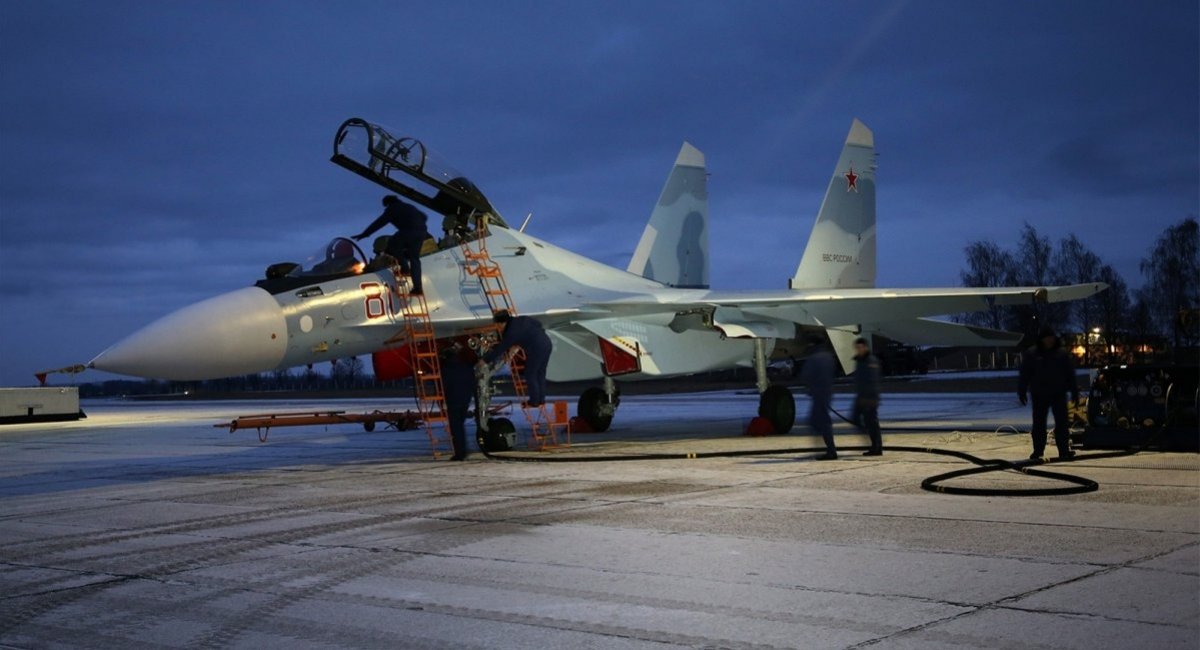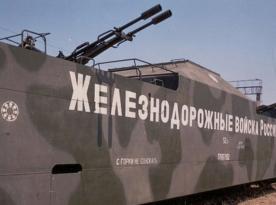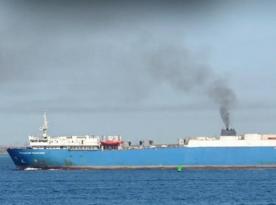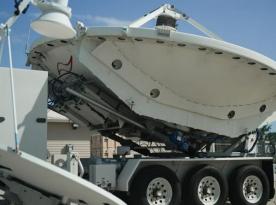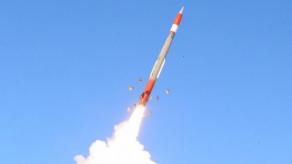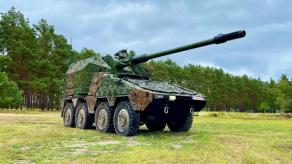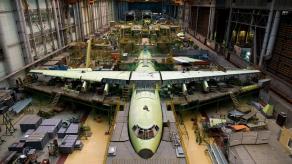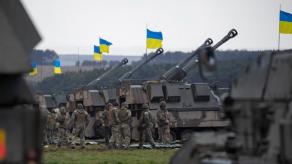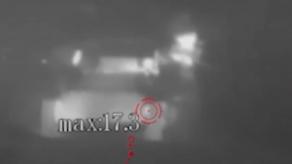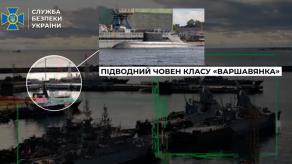The recent strike on the Saky airfield in russian-occupied Crimea has dealt a significant blow to both the facility and the military aviation stationed there. This impact is highlighted in a post by Fighterbomber, a russian military blogger, who provides an insightful account of the events on the July 26 night.
He laments that airfield services in general must have at least two full-time armored vehicles on standby to deal with the evacuation of the wounded, "when it is impossible to do it by other means," referring to a situation where the personnel needs to be rescued amidst exploding ammunition.
Read more: Which Aircraft Could Be Stationed at Saky Airfield When Ukrainian Strike Reached
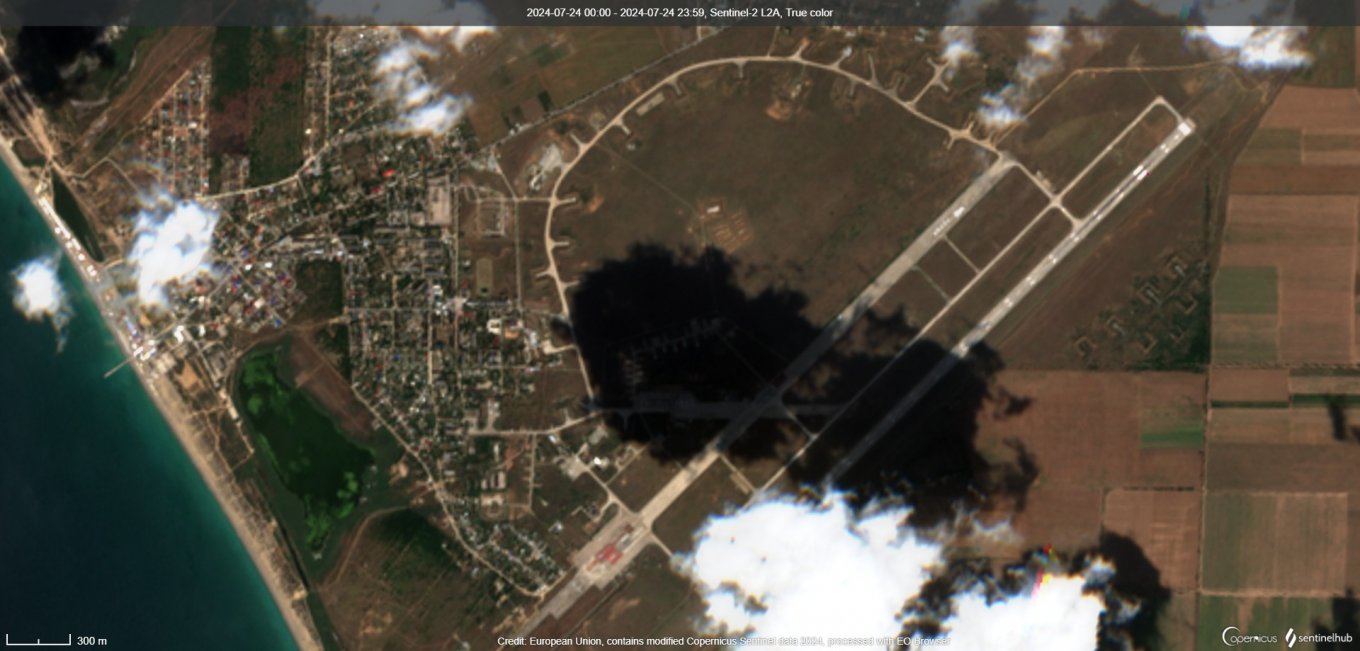
This detail says quite a lot about what was happening at this russian air base after the strike. Besides, Fighterbomber says the airfield staff should have first aid kits at hand and the skills to use them.
An interesting observation made by Fighterbomber is that the delay between the reconnaissance activities and the subsequent strike by the Ukrainian Defense Forces has now been shortened to just six hours. Consequently, he suggests that russian combat aircraft must be relocated every five hours to avoid being targeted.
Defense Express notes that an alternative solution would be pulling the planes further into the rear, beyond the range of Ukrainian missile weapons. This would mean withdrawing them from Crimea entirely because, on the one hand, Ukrainian ATACMS can reach any corner of Crimea.
On the other hand, the ban that the United States had imposed on using its weapons beyond a certain range limit on russian territory is still in force. Knowing that, the Kremlin can exploit this unreasonable demand, although Ukraine could still attempt attacks with own weaponry, like the long-range suicide drones of domestic production.
In the current situation, Fighterbomber continues, building shelters for russian aircraft is futile at this point because "the aviation will end faster than they'll be built." The comment comes after the recent promise from Andrey Belousov, the russian Minister of Defense, to construct special protected shelters to hide combat aircraft in.
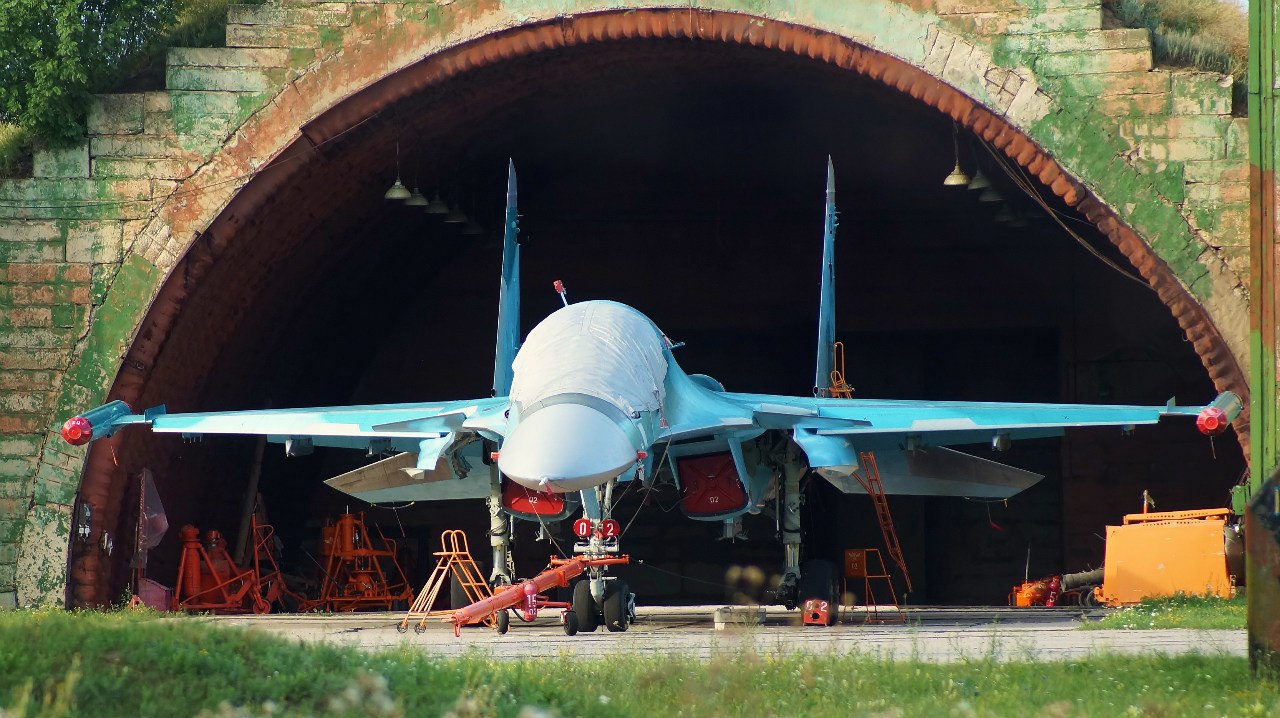
As Defense Express previously mentioned, the main problem with those is that there's currently no developed design of a standard shelter for the Su-27 aircraft and derived models — Su-30, Su-34, and Su-35. This problem has existed since as early as the 1980s, the primary issue being the high cost of such renovations.
Another concern raised by Fighterbomber and other russian milbloggers is the potential existence of a Ukrainian spy network in Crimea. One of the war influencers pointed out that tourists are taken to beach camping sites right through the Saky air base. And in general, the situation when military facilities are located next to tourist facilities is a local common practice, undermining any secrecy efforts at the root.
Read more: Kremlin Wants Aircraft Shelters But Building Them Won't Be Cheap or Simple




